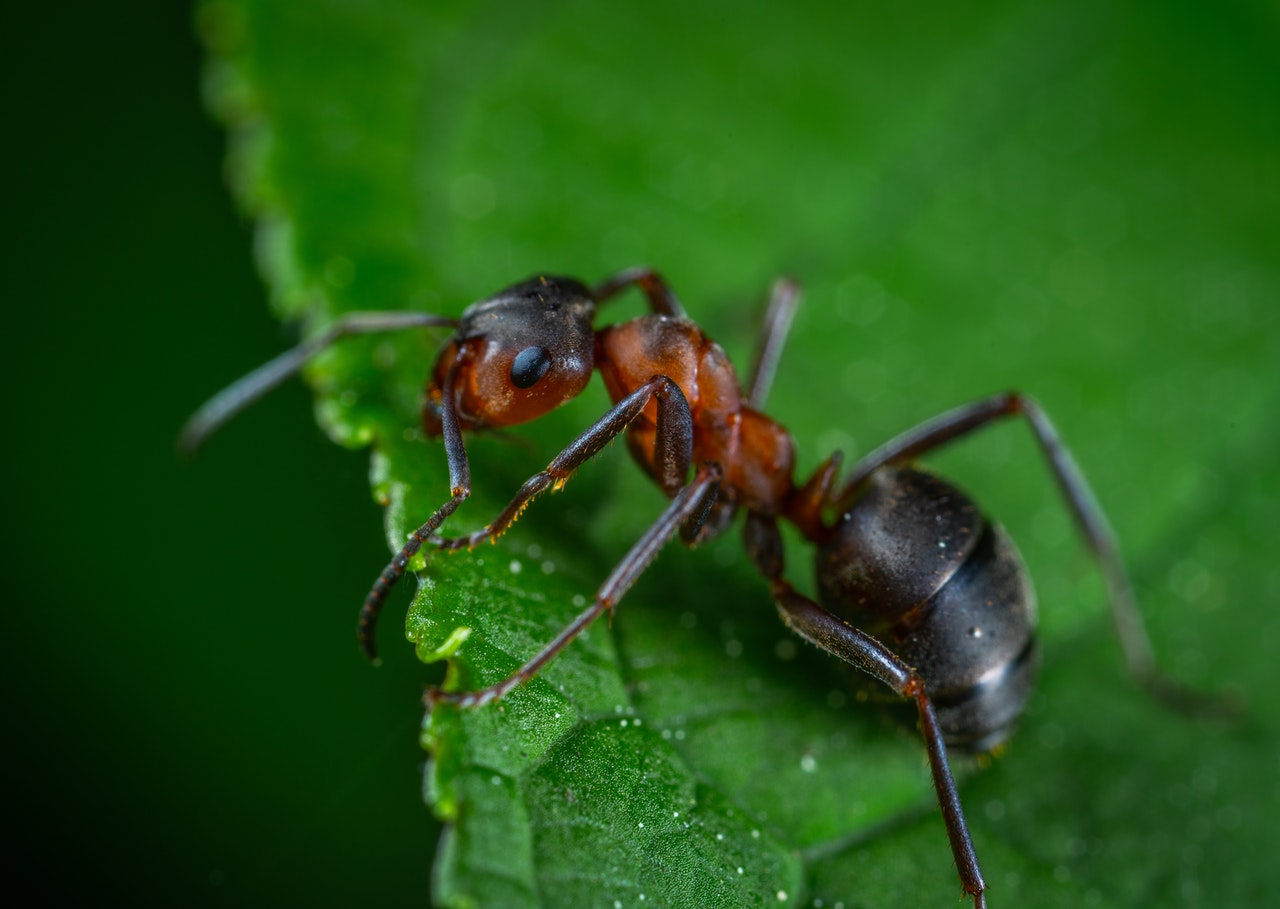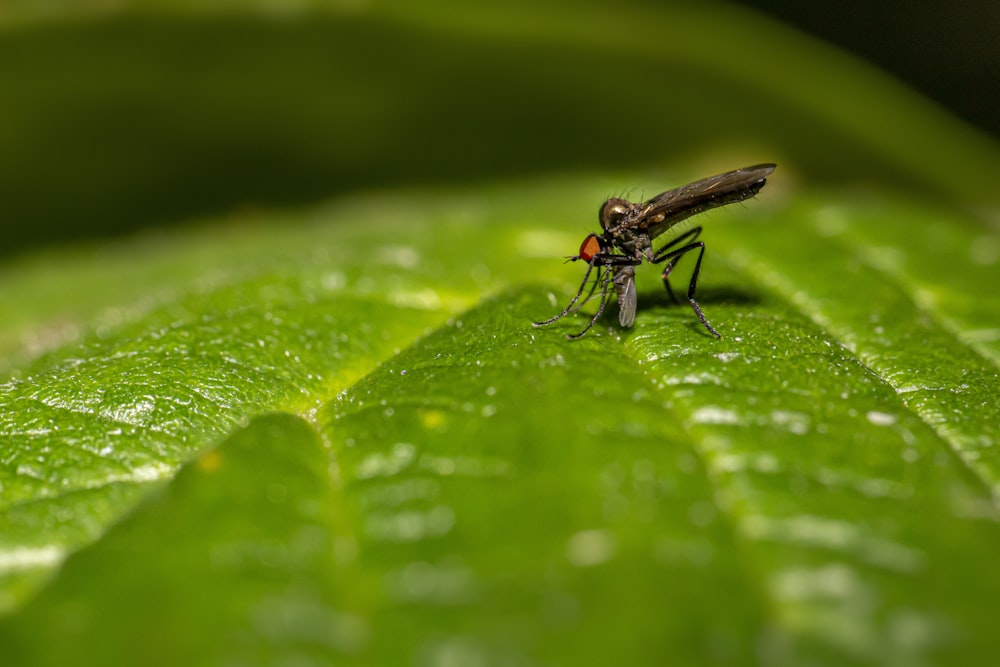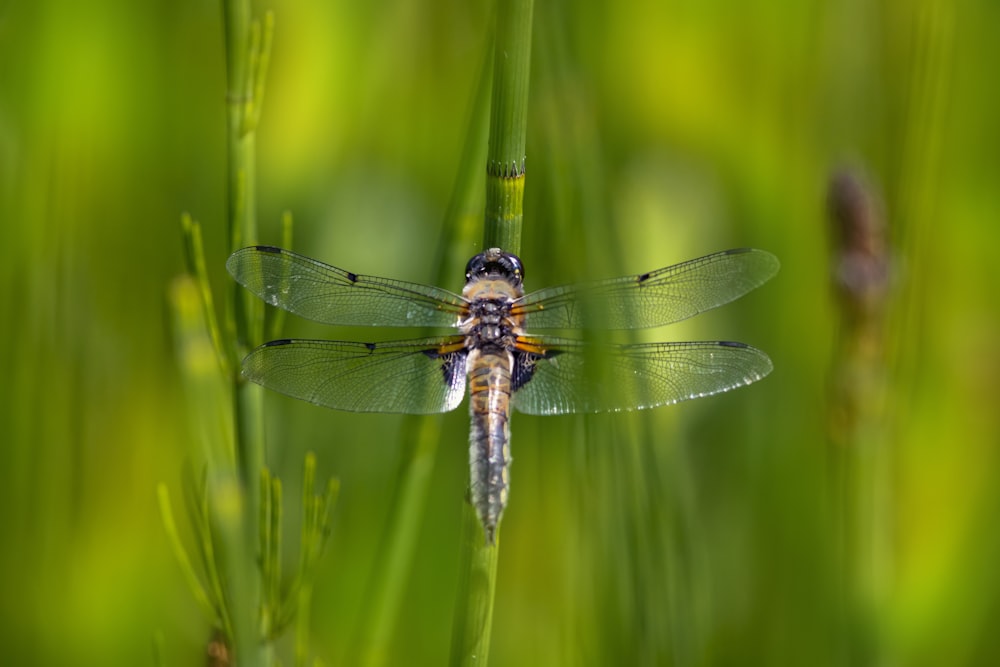
- 25 May 2021
- Leroy Silva
- Blog
- Comments: 0
Combat pests and plant diseases that can harm our plantings and reduce the quality and quantity of the future harvest.
The success of the fight against various combat pests and diseases of plants, first of all, depends on the timely implementation of protective measures in combination with preventive and agrotechnical methods of caring for plants. The protective measures include agrotechnical and chemical methods.
Geotechnical Methods
A grotechnical method are based on creating conditions favorable for the development and growth of plants and at the same time preventing the spread of combat pests and parasitic microorganisms that cause plant diseases. With careful soil cultivation, the habitats of many harmful insects are destroyed, plant residues are destroyed. Which parasitic microorganisms remain, but poor cultivation, on the contrary, hinders the access of oxygen to the soil, weakens the development of plants. Reduces the reproduction of beneficial microorganisms in the soil, destroying pathogens. And contributes to the massive distribution of the blackleg, root eater and others. Favorable conditions for seed germination and plant development are provided by timely sowing. As well as the use of various fertilizers and dressings.
Moreover, in some cases, the possibility of damage to crops excludes crop rotation with spatial isolation of crops. The fact is that many insects and plant pathogens, adapted to feeding on certain plants. Die from lack of food when changing crops. An important role in the favorable development of plants is played by the correct choice of the site. Especially when laying perennial fruit and berry plantations. So, it is known that the gooseberries and currants planted nearby are more damaged by the gooseberry moth. And when potatoes and tomatoes are adjacent, the latter are affected by late blight.
Agrotechnical Methods
With the correct planting of crops, i.e. observing optimal distances between plants, the site is ventilated. Which prevents the spread of diseases such as apple and pear scab, currant anthracnose and many others. The destruction of weeds and fallen leaves, which are a forage base for many pests. The removal of dead branches, the cleaning of dead bark on fruit trees and timely watering also prevent the massive accumulation of pests and harmful microorganisms.
However, it should be remembered that the effectiveness of the listed agrotechnical methods largely depends on the timing of their implementation. And the developmental characteristics of each pest or plant disease. Quality of the seed and planting material and the selection of varieties resistant to diseases and pests are of great importance here. That the effectiveness of the listed agrotechnical methods largely depends on the timing of their implementation. And the characteristics of the development of each pest or plant disease.
The quality of the seed and planting material and the selection of varieties resistant to diseases and pests are of great importance here. That the effectiveness of the listed agrotechnical methods largely depends on the timing of their implementation. And the characteristics of the development of each pest or plant disease. The quality of the seed and planting material and the selection of varieties resistant to diseases and pests are of great importance here.
Advantage
In addition to agrotechnical methods, the chemical method of combating pests and plant diseases is widely used in agricultural practice. The advantage of this method is the speed of action, the possibility of simultaneous destruction of several pests or pathogens. As well as its high return on investment. However, the chemical method also has certain disadvantages. So, with unreasonable use, some drugs, in addition to pests, also destroy beneficial insects. Strong-smelling substances leave an unpleasant odor on the processed fruit, and improperly formulated solutions can cause plant burns. Thus, when using chemicals to combat pests and diseases, one should strictly adhere to the established regulations and rules for their use.
Log-term experience in the control of pests and diseases of plants shows that reliable protection of cultivated plants is possible only with the integrated use of all methods. For example, when cultivating zoned varieties that are resistant to diseases and pests with the simultaneous use of agricultural techniques. That increase plant resistance, and a reasonable introduction of biological and chemical agents for pest and disease control.
Our pest control experts are well-versed in the art of ridding your home of bugs and other unwanted pests.


